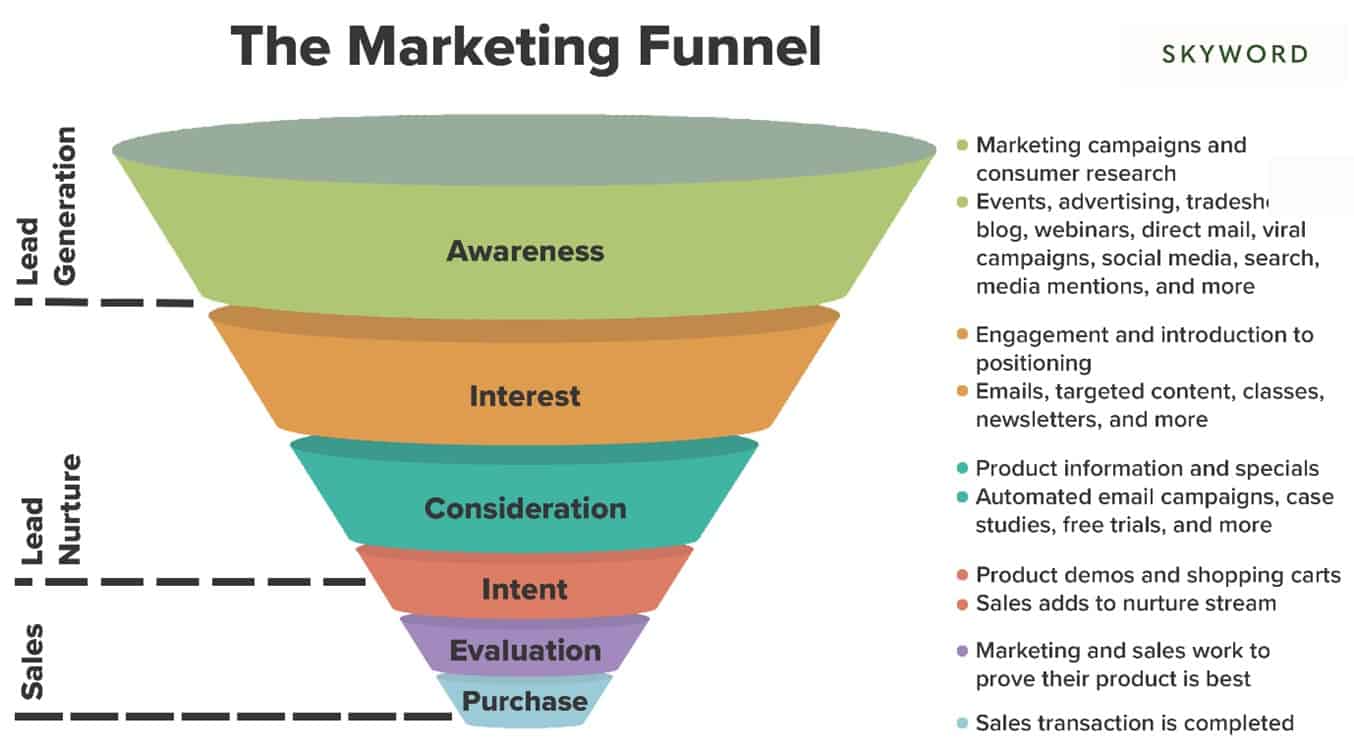
Why is there friction?
Before I start preaching about why sales and marketing functions need to work together, let’s take a step back to understand where this divide came from.
There’s historical hatred between these two functional teams. Okay, hatred might be too strong a word, so let’s go with ‘friction’. Sales teams have always been, and most likely always will be, responsible for closing deals and generating bottom line revenue for the business. It’s plain and simple.
Marketing, at least by the definition of some salespeople, is seen as the ‘colouring in department’ that focusses on fussing over what colour a presentation deck should be or complaining about Kevin in finance who still has a pencil case with the old logo on it.
This friction can be seen across various verticals and horizontals, from start-ups to large corporate organisations. Historically, at least before the exponential growth of MarTech, it was very difficult to understand the real value from marketing, at least from an attributable revenue standpoint. Understanding the performance of a sales team was far simpler; person A has a signed PO for £X. Person A gets the plaudits and a nice commission.
Why do these functions now need to work together?
Many moons ago, the sales and marketing funnel looked nothing like it does today. There were only a handful of companies that offered products and services required by businesses and individuals. For instance, remember the days when your choices for fast food were only McDonalds, KFC, Burger King and Pizza Hut? Today, I’d need an hour to get through the possible options on a food delivery app. Competition is rife across all industries, so there needs to be a better understanding about every stage and touchpoint within the buyer’s journey, from initial inception, through to closing the deal and the customer services that follow. Businesses are fighting for the same prospects now, more than ever.
Let’s take a look at a typical sales and marketing funnel:

(Source: An image showcasing a typical sales and marketing funnel)
A sales and marketing team that don’t talk to each other, will only result in marketing generating awareness and quality leads that never make it to the hands of a sales team, to drive through a sale.
Every time a prospect touches your brand, it can be logged. Each webinar that is watched can be measured. Every email that is read can be tracked. Imagine the power of a salesperson calling a prospect knowing exactly how engaged they are and exactly what they are interested in purchasing? There’s no longer a need for a telemarketer to execute 1,000 cold calls a day, hoping they find one person with an interest.
Don’t worry, things are looking up!
It’s positive to see organisations starting to understand these functions better and those that do are definitely reaping the rewards. Indeed, more businesses have a sales or marketing lead that wear both hats and carry out the role of Sales & Marketing Director. Understanding both teams and how to work together to achieve a goal has huge benefits.
What will happen if the friction doesn’t end?
We can continue on the path we’ve been on and yes, we will continue to close deals and yes, our brand will look consistent and fantastic. However, there are several potential issues if we don’t see better alignment between these two teams, including:
- Wasting time, budget and resource on trying to achieve the same goals.
- Sales cycle being extended unnecessarily.
- Potential confusion for your prospects, as they receive mixed messages.
In a recent survey that was conducted by Forrester, it was made clear that when sales and marketing are aligned, organisations can capitalise on growth opportunities by as much as 35%.
Leveraging the data
The available data is never-ending. You can slice, cut and pivot reports until you’re blue in the face, and most marketers will do just this. Working in tandem to understand what defines an SQL means that the marketing department can focus on generating the right leads of the highest quality for sales teams to then take and work their magic on.
So, what next?
Sales and marketing alignment is key to business success. We’re a marketing agency so won’t tell you how to run your sales department, but we can take a look at how well your marketing is working in order to output what’s needed to drive your business forward. Is your MarTech stack set up to track your prospects and provide key information to sales? Do your reports show what is and isn’t working? Does your brand and product messaging align and resonate with who you want to sell to?
If you have any doubts, simply book a free discovery call with us that can reveal valuable insights and help define your future strategy.